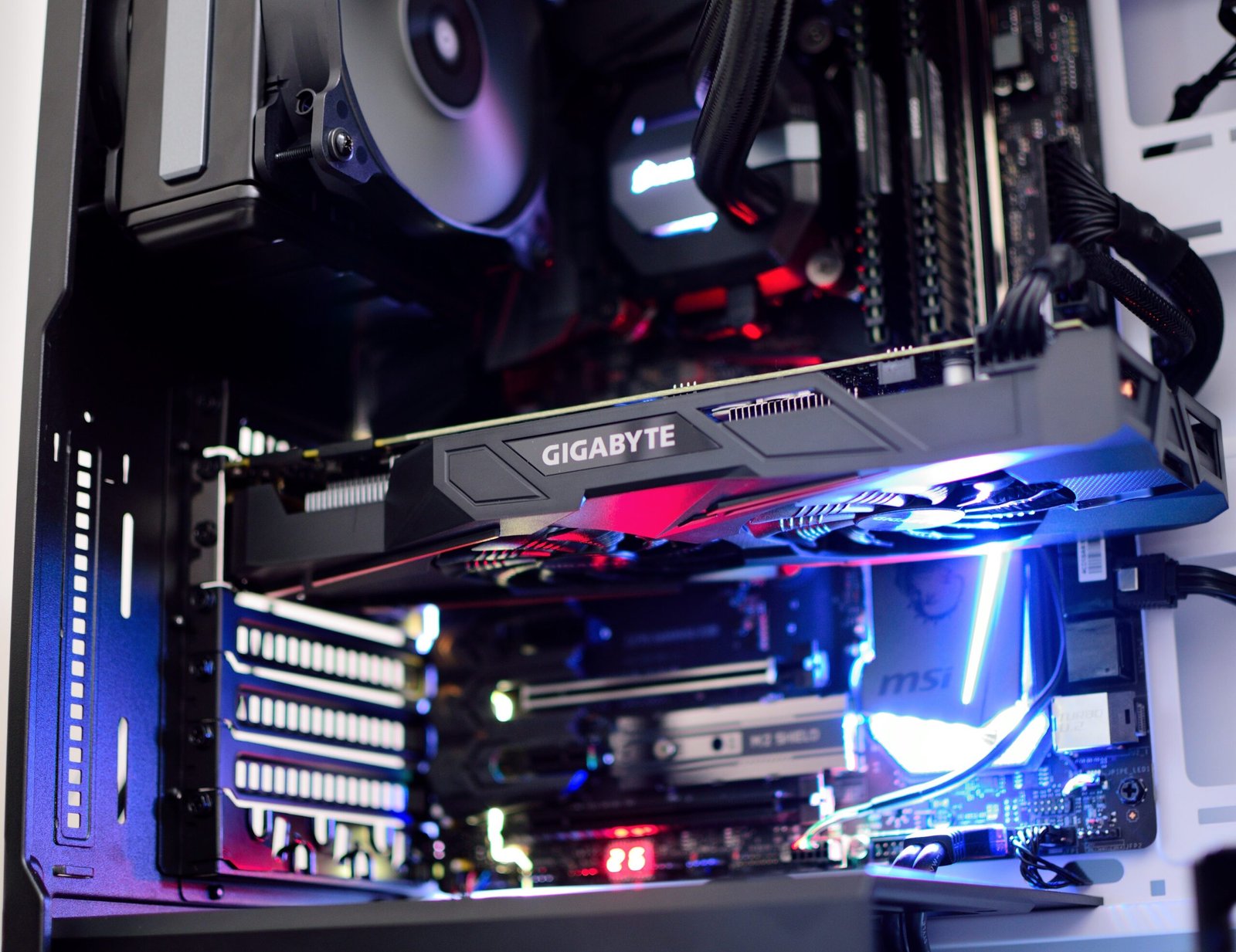
Understanding GPUs: Powering Graphics and Beyond
In the intricate world of computing, Graphics Processing Units (GPUs) stand as vibrant masterpieces that have revolutionized the way we perceive and interact with digital content. These processing powerhouses, often referred to as graphics cards, have a rich history, a profound role in computer systems, and a pivotal relationship with other components, most notably the Central Processing Unit (CPU) and system memory. In this comprehensive guide, we will embark on a journey through the past, present, and future of GPUs, exploring their invention, their role, their intricate communication with various elements, and the significance of keeping them updated for optimal system and graphics performance.
Invention and History
The inception of GPUs can be traced back to the early days of computer graphics. As computing technology evolved, the need for specialized processors to handle graphics-related tasks became apparent. The concept of a separate graphics processor led to the development of the first GPUs, which were rudimentary in their capabilities but laid the foundation for what was to come.
In the late 1990s, the GPU landscape transformed with the introduction of the GeForce 256 by NVIDIA. This groundbreaking graphics card set the stage for the modern GPU, boasting 3D acceleration and the ability to offload complex graphics tasks from the CPU. This innovation marked the beginning of a new era, where GPUs began to take on increasingly demanding roles in computing.
Role of GPUs in a Computer
GPUs play a multifaceted role in a computer system, with their primary function being to handle graphics rendering. Here are some of their key responsibilities:
- Graphics Rendering: GPUs are responsible for rendering images, videos, and animations on your display, delivering smooth visuals and vibrant colors.
- Parallel Processing: GPUs excel at parallel processing, allowing them to perform multiple tasks simultaneously. This capability is particularly valuable in graphics-intensive applications and modern workloads.
- Compute Tasks: Beyond graphics, GPUs are used in a range of compute-intensive tasks, including scientific simulations, artificial intelligence, machine learning, and cryptocurrency mining.
- Video Decoding and Encoding: GPUs accelerate video playback, making high-definition streaming and content creation more efficient.
- Gaming Performance: For gamers, GPUs are the cornerstone of a satisfying gaming experience, as they handle rendering, physics simulations, and AI-driven elements in modern games.
Communication with Other Components
GPUs are not solitary performers; they communicate with various components within a computer system:
- CPU: GPUs work in conjunction with the CPU. While the CPU handles general computing tasks and instructions, the GPU specializes in graphics-specific workloads. Modern software often leverages both processors to maximize efficiency.
- Memory: GPUs rely on system memory (RAM) to store data and textures needed for rendering. The faster the memory, the smoother the gaming and graphics performance.
- Motherboard: GPUs are physically connected to the motherboard through PCIe slots. The motherboard provides power and data connectivity to the GPU.
Importance of GPU Updates
Regularly updating your GPU drivers and, when feasible, upgrading to a more powerful GPU is critical for several reasons:
- Enhanced Graphics Performance: Updated GPU drivers often include optimizations that can significantly boost graphics performance, leading to smoother and more detailed visuals.
- Compatibility: Newer GPUs are better equipped to handle the demands of modern software and games. Upgrading ensures compatibility with the latest releases.
- Energy Efficiency: Modern GPUs are more energy-efficient, which can lead to reduced power consumption and heat generation.
- Extended Lifespan: An updated GPU can breathe new life into an older system, delaying the need for a full computer replacement.
Desktop vs. Laptop GPUs
There is a notable difference between desktop and laptop GPUs. Desktop GPUs are easily upgradeable, allowing users to replace or enhance their graphics card to meet evolving demands. In contrast, laptop GPUs are often soldered onto the motherboard, making them difficult or impossible to upgrade. It’s crucial to select a laptop with a GPU that meets your performance needs from the outset.
Conclusion
In the ever-evolving world of computing, GPUs are the unsung heroes responsible for the breathtaking visuals, seamless gaming experiences, and the execution of complex parallel tasks. Their history is intertwined with the evolution of technology, and their role is irreplaceable in the modern computing landscape. The fruitful collaboration between CPUs and GPUs paves the way for efficient and powerful systems.
By keeping your GPU updated, you unlock the full potential of your computer, whether for gaming, content creation, or scientific research. This can extend the life of your machine, saving you money in the long run. While laptops may offer less flexibility in terms of GPU upgrades, making an informed choice during the initial purchase is key. So, whether you’re a gamer, content creator, or researcher, remember that your GPU is at the heart of your computer’s visual and computational prowess, and it deserves the attention it commands.
